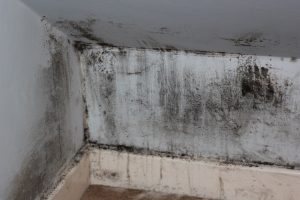Indoor Environmental Quality (IEQ) Services in Toronto and the GTA
As new construction practices continue to make our buildings more energy efficiency we sometimes lose sight of an equally critical component, our indoor air quality. With variety of health concerns such as cancer, asthma, allergies and other threats to our health on the rise, our indoor air quality can play a significant factor in the health of your employees or families.
Our Indoor Air Quality Checkup was created for your home or place of business in mind. This unique service includes all the following:
- Air Sampling for Mould
- Allergen sampling
- Radon Testing
- VOC Testing
- Formaldehyde
- Thermal Imaging
Mould

Radon
According to Health Canada, the acceptable level of Radon gas has been reduced from 800 Bq/m³ to the new level of 200 Bq/m³. Action to reduce the radon level should be taken in a home whenever the average annual radon concentration exceeds 200 Bq/m³ and the radon level should be reduced to a value as low as practicable.
We will test your home or property to determine if you have a potential radon problem and help guide you if you do. Don’t ignore a problem that can easily be fixed.
VOC
• Amount of VOCs in a product;
• Rate at which the VOCs are released;
• Volume of the air in the room/building;
• Ventilation rate or the area; and
• Outdoor concentrations of VOCs
In the indoor environment, VOCs can be released by sources such as furniture, paint, adhesives, solvents, upholstery, draperies, carpeting, spray cans, clothing, and construction materials, cleaning compounds, deodorizers, copy machine toners, felt-tip markers and pens and correction fluids. Concentrations of many VOCs emitted indoors are generally higher than outdoor concentrations because of the presence of indoor sources such as building materials, consumer and commercial product use and human activities such as cooking.
Formaldehyde
Health Canada’s Residential Indoor Air Quality Guideline for formaldehyde recommends maximum exposure limits of;
Short-term exposure: 123 µg/m³ (100 ppb)
Long-term exposure: 50 µg/m³ (or 40 ppb)
We will test your home or property to determine if you have a potential problem.
Dust Sampling
Testing your air for allergens and pollutants is a good start. Our standard test can detect and identify common indoor allergens including dust mites, Cat, Dog, Cockroach.
Thermal
Using advanced thermal imaging, we look for hidden problems so you can stop them before they do serious damage.
Contact us for the best rate on our indoor environmental quality services.
Back to Fees